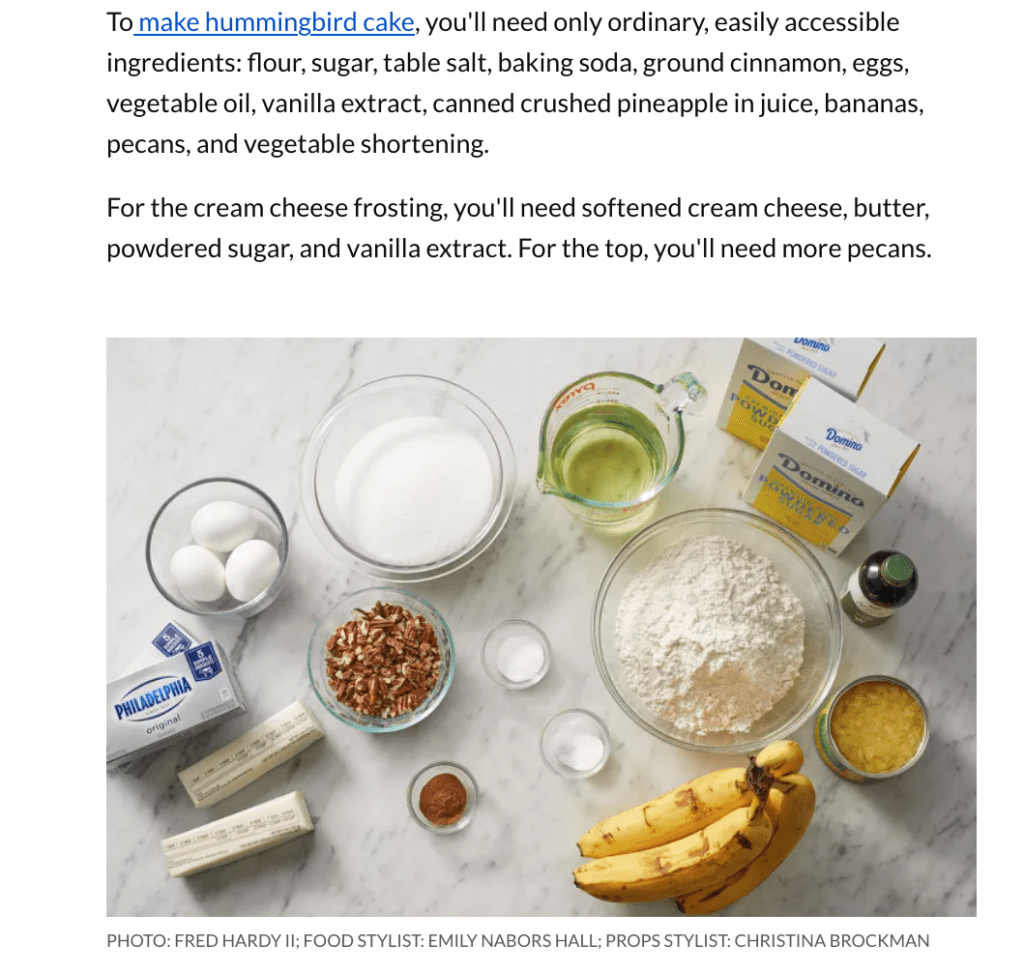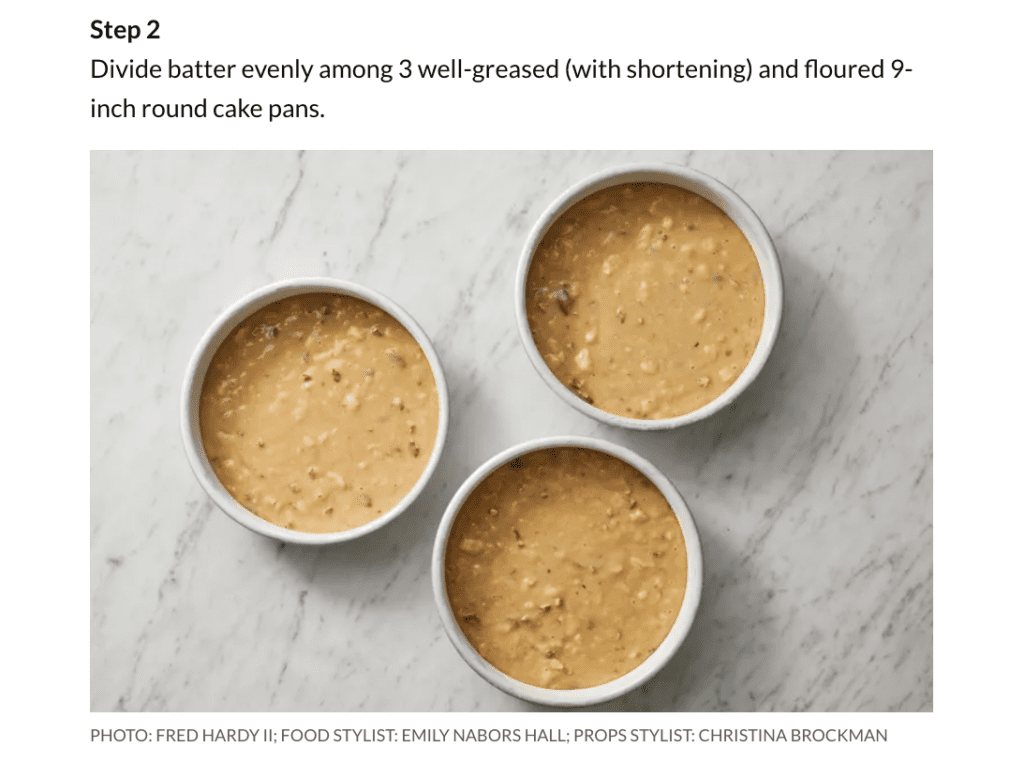Table of Contents
What is Image SEO?
Image SEO is the practice of optimizing photos on your website for search engine crawlers in order to improve their visibility and ranking in search engine results pages (SERPs). Image SEO involves optimizing various elements of an image, including the file size, alt tags, and other metadata, to help search engines understand the context and relevance of the image to the content of the page.
Related Content:
Why Does Image SEO Matter?
Everyone knows images can help enhance the aesthetic component of your site’s content, but they are also extremely valuable to your site’s SEO. When people look for information or products online via search engines like Google, they often use image search to find relevant images that match their search queries. Image SEO is especially important for websites that rely heavily on visual content, such as e-commerce or content marketing websites.
What Are the Benefits of Optimized Image SEO?
When you optimize your website’s images for search engines, you increase your chances of showing up in relevant image search results. Making image SEO a priority can benefit your website in the following ways:
- Improved visibility: By optimizing images for search engines, you can increase the likelihood that they will appear in image search results, improving the visibility of your website’s visual content.
- Increased traffic: When your images appear in search results, users are more likely to click on them and visit your website, which can result in increased traffic and engagement.
- Enhanced user experience: Optimized images can improve the overall user experience by ensuring that images are displayed properly and quickly, without slowing down page load times.
- Increased accessibility: Alt tags and other metadata can make images more accessible to visually impaired users who rely on screen readers to navigate the web.
- Competitive advantage: If your website’s images are optimized for SEO, you may have a competitive advantage over other websites that haven’t invested as much effort into image optimization.
5 Best Practices for Enhancing Image SEO
Now that you know why it is so important to prioritize image SEO, it is time to put it into practice. We have included 5 tips to enhance your image SEO below.
1. Use unique and relevant images that enhance your content
All images that are added to your site should be done in a purposeful way that elevates your content. Adding irrelevant images will not only confuse users, but will make the content less meaningful. When determining the images to include on your page, know that the type of content you include matters.
In order to optimize user experience, it is best to think about what images you would want to see as a user yourself. You want to ensure that your image aligns with the user intent.
For example, If you are writing a blog post about baking a cake, there are specific types of photos that can help make the blog stronger. Take a look at the types of photos included on this Hummingbird Cake Recipe from Southern Living.
In addition to listing the ingredients, the author also includes a photo so readers can visualize what they’ll need before they get started.
At each step, the author includes progress photos so readers can understand what their cake should look like after the instructions are followed.

At the end of the blog, the final product is shown so readers can know what the end result should look like.
Additionally, if your content has relevant images, users are more likely to stay on your page for longer, reducing the bounce rate. Search engines take into account bounce rate when ranking websites, so having relevant visuals can help to improve your image SEO.
2. Improve accessibility by including alt text
Alternative text is a brief description of an image that is provided in HTML code. Alt text is used to describe the contents of an image to people who may not be able to see it, such as those with visual impairments, or people who are experiencing technical issues. When creating alt text, there are a few best practices to keep in mind. You want your alt text to be as accurate and descriptive as possible while avoiding keyword stuffing. Take a look at the following examples for this image.
Alt text example 1: big flower
Alt text example 2: large golden yellow sunflower
As you can see, the second alt text is much more descriptive and is a better representation of the image. It is also important to note that adding descriptors like “image of” or “picture” are not necessary for alt text. As a general rule, alt text should be kept at around 140 characters or less.
3. Compress Images to Ensure Proper File Size and Dimensions
It is important to ensure that images are properly sized and do not take up too much file space, as this will help images load faster which will in turn improve overall page speed. Search engines like Google have guidelines for image optimization. One of the guidelines is to use images that are appropriately sized for their display area. By following these guidelines, you can improve your chances of ranking higher in search results.
Image compression is the process of reducing the size of an image file without compromising its visual quality. It’s best practice for images on your site to be below 100 KB in size. If the original images you want to add to your website are above 100 KB in size, there are many free tools like TinyPNG and Optimizilla that can help you to compress your images. Additionally, WordPress users can install plugins that will ensure images are properly sized throughout your website. Check out Hubspot’s picks for the best image optimization plugins.
4. Make images mobile friendly
Keep in mind that google is a mobile first crawler, so you will want to ensure that any images you include on your website can be easily viewed on mobile devices. The dimensions of your image will impact viewers on mobile and desktop differently, so be sure that any website template you use will automatically resize images. If not, adding custom CSS code to your website can help to ensure a positive UX across devices.
5. Add ImageObject structured data
Schema, or structured data is markup you can use to help give search engine crawlers more information about the content present on your site. In addition to common types of schema such as FAQ or organization, schema markup supported by Google can be leveraged for images as well.
ImageObject structured data is a type of markup that provides additional information about an image on a web page to search engines. This type of structured data provides information such as the image URL, the image dimensions and the author or creator of the image. This information can help search engines to better understand the context and relevance of the image in relation to the content of the web page.
By including ImageObject structured data on a web page, you can improve the chances of images being displayed in search engine results, such as in Google’s Image Search. Once image structured data has been added, the JSON-LD code may look something like our example below.

Conclusion
Optimizing images for search engines is a crucial aspect of SEO that can significantly improve your website’s visibility and traffic. These simple yet effective tips on how to enhance image SEO can help set your website apart from competitors, attract more users, and ultimately achieve greater success online.
Search News Straight To Your Inbox
*Required
Join thousands of marketers to get the best search news in under 5 minutes. Get resources, tips and more with The Splash newsletter:





